When Disaster Strikes...
Look To The North
NorthStar Restoration Services... Helping you find your way back home
WE'RE HERE WHEN DISASTER STRIKES
24/7 Days Emergency Response In Wausau
Restoration Services
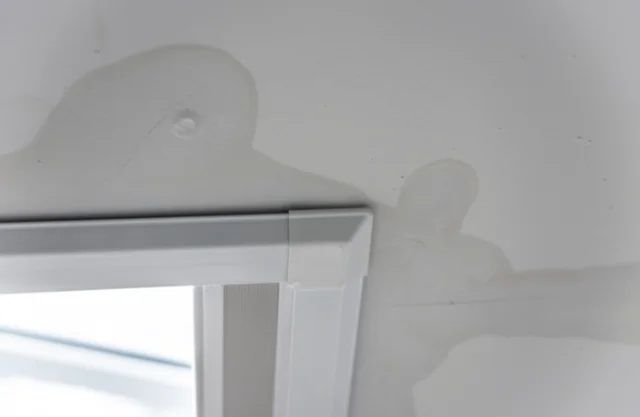
Water Damage Restoration
At Northstar Restoration Services, we specialize in providing comprehensive emergency water damage restoration services to ensure your property is returned to its original condition with minimal disruption.
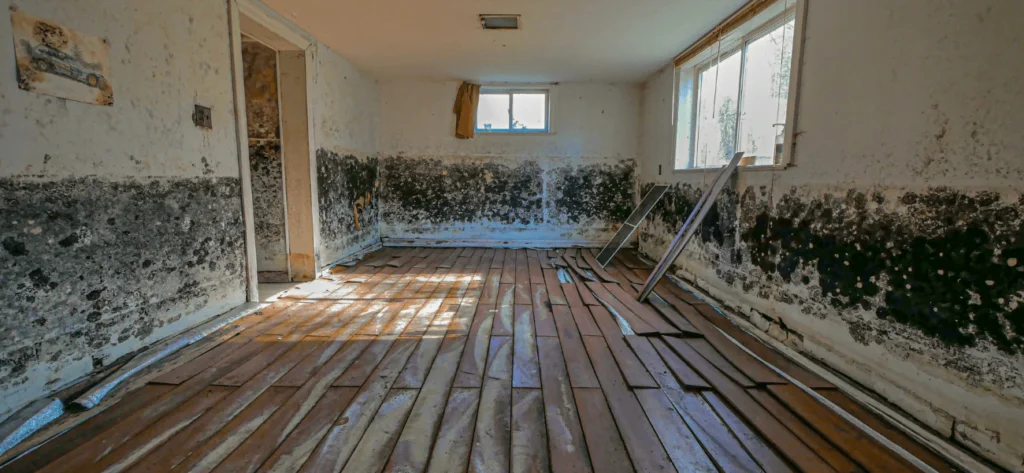
mold removal services
At North Star Restoration Services, we understand the potential health risks & structural damage caused by mold growth. Whether you’re dealing with a minor issue or a widespread infestation, our certified mold remediation specialists
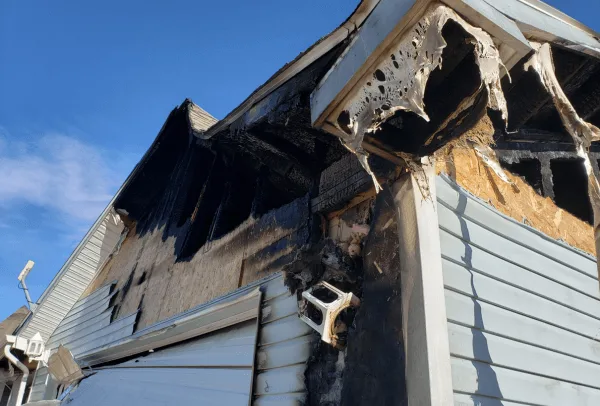
fire damage restoration
Fire Damage Remediation means restoration services that are essential after the occurrence of a fire disaster. It should be noted that when flames have been doused, this is only the beginning of a process.
Cleaning Services
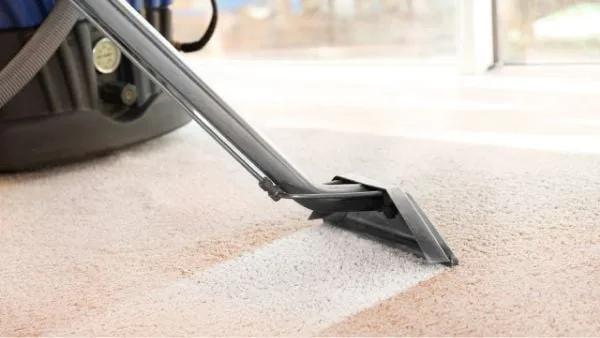
Maintaining a clean home requires carpet cleaning. Northstar Restoration Services provides excellent carpet cleaning services tailored to your needs. Our professional cleaners remove filth, stains, and allergies using eco-friendly chemicals to make your carpets fresh.
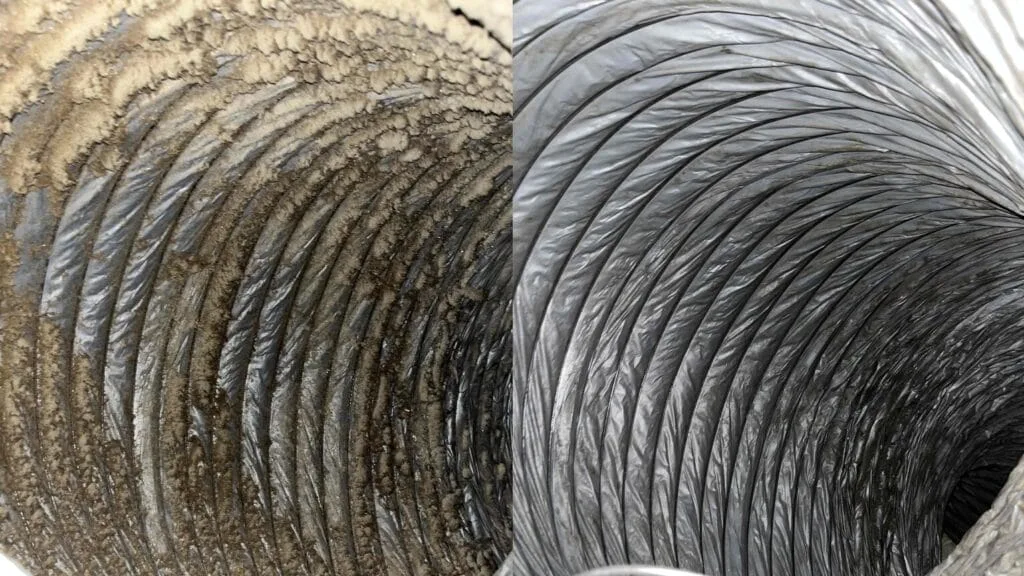
air duct cleaning services
Air duct cleaning is crucial for a healthy home. Air ducts collect dust, allergens, and debris, lowering air quality. Professional air duct cleaning from Northstar Restoration Services removes these toxins, improving respiratory health.
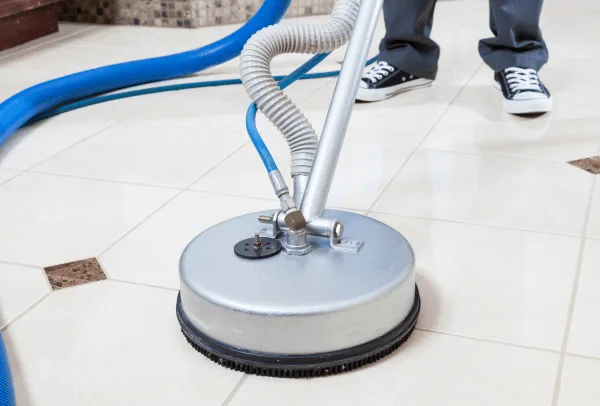
tile & grout cleaning
Unclean tiles and grout make a property seem inadequate. Northstar Restoration Services cleans tiles and grout using eco-friendly solutions and modern methods. We clean deep-seated filth, grime, and stains to restore tile gloss and color.
WE'RE HERE WHEN DISASTER STRIKES
24/7 Days Emergency Response In Wausau
Water Damage Restoration
Fire Damage Cleanup
Storm Damage Services
Cleaning Services
CHECK OUT OUR WORK AND REVIEWS FROM YOUR NEIGHBORS!
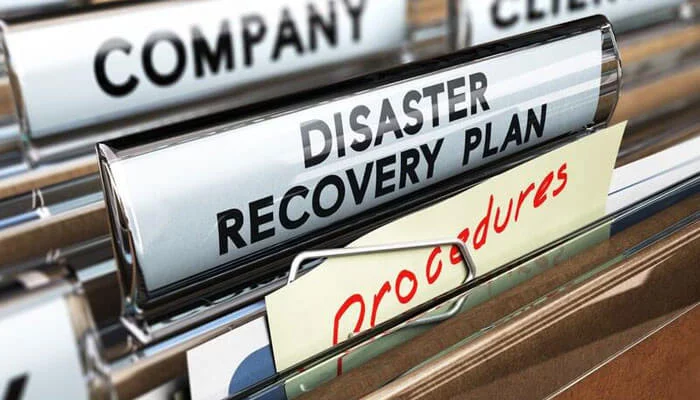
Is Your Commercial Property Prepared?
We offer Priority Response Emergency Plan (PREP) programs for commercial properties.
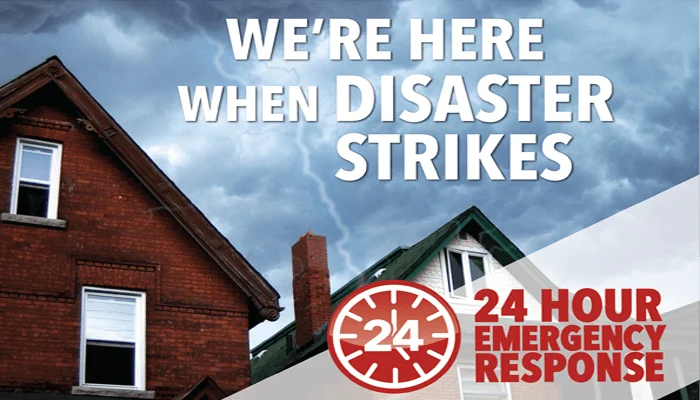
What To Do When a Disaster Strikes
Download our "Disaster Strikes" Brochure to learn the DOs and DON'Ts of reacting to a property disaster.

Top 10 Commonly Asked Questions For My Insurance Agent
Unsure what to ask your insurance agent? We've got you covered!
Expert Water Damage Restoration and Cleanup Services in wausau- Your Local Specialists
The reliable professionals at NorthStar Restoration Services will take care of your damage repair needs. With more than 100 years of combined experience behind us, we're not afraid to handle large or complex projects. Our mission will be to make your home a safe and livable place again.
Our friendly team will strive to decrease the stress of having your property restored. We're organized and thorough, so we're able to supply prompt project completion on budget. In addition, our company offers a Priority Response Emergency Plan (PREP) program.
As a premier provider of damage repair services, NorthStar Restoration Services is committed to customer satisfaction. We're proud to be based in Wausau, WI. If you'd like to learn more about the work we do, contact us today.
READ OUR LATEST BLOG
How to Avoid Mold Growth During Humid Months
When summer rolls in with all its warmth and sunshine, it also brings something less welcome—high humidity. If you’ve ever noticed a musty smell, damp
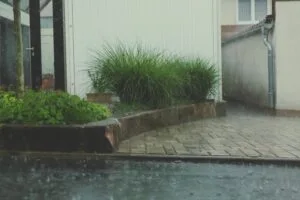
Why Spring Showers Increase Water Intrusion Risk
Spring is a time of renewal, but it also brings a hidden danger: water intrusion. As temperatures rise and the days get longer, more frequent

Emergency Restoration Service: What It Is and Why It Matters
Understanding Emergency Restoration Service and Its Benefits When disaster strikes—whether from water damage, fire, mold, or severe storms—time becomes your most valuable asset. Every minute
Wisconsin Businesses who have trusted NorthStar












